In 1919, a remarkable discovery was made during renovations at the Villa Torlonia in Rome—a Jewish catacomb containing intricate passageways, inscriptions, and depictions of menorahs. This catacomb, one of only six ever found in the city, offers a rare glimpse into the lives of the Jewish community in ancient Rome, highlighting their efforts to preserve their faith and identity under Roman rule.
The Discovery of a Hidden Necropolis
The catacomb, dating from the 1st to 5th centuries A.D., was unearthed behind a medieval wall, hidden for centuries. Jewish communities in ancient Rome were excluded from public cemeteries, leading them to create their own burial sites, such as the one at Villa Torlonia. This catacomb stands as one of the few remaining examples of such sacred spaces, offering invaluable insight into the religious practices and social structure of Roman Jews.
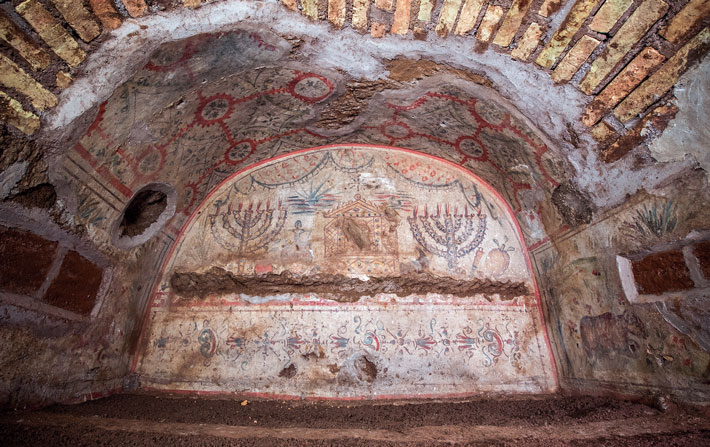
Inscriptions and Symbols: A Window into Jewish Life
Inside the catacomb, hundreds of inscriptions in Hebrew and Greek were discovered, many marking the graves of those interred. These inscriptions are vital to understanding the dual identity of Roman Jews, balancing their Jewish heritage with their integration into Roman society. The prominent presence of menorah symbols throughout the catacomb reflects the community’s enduring connection to the Jewish Temple in Jerusalem, even after its destruction in A.D. 70. The menorah, a powerful symbol of Jewish faith, signifies the community’s resistance to cultural assimilation and its determination to maintain religious practices.
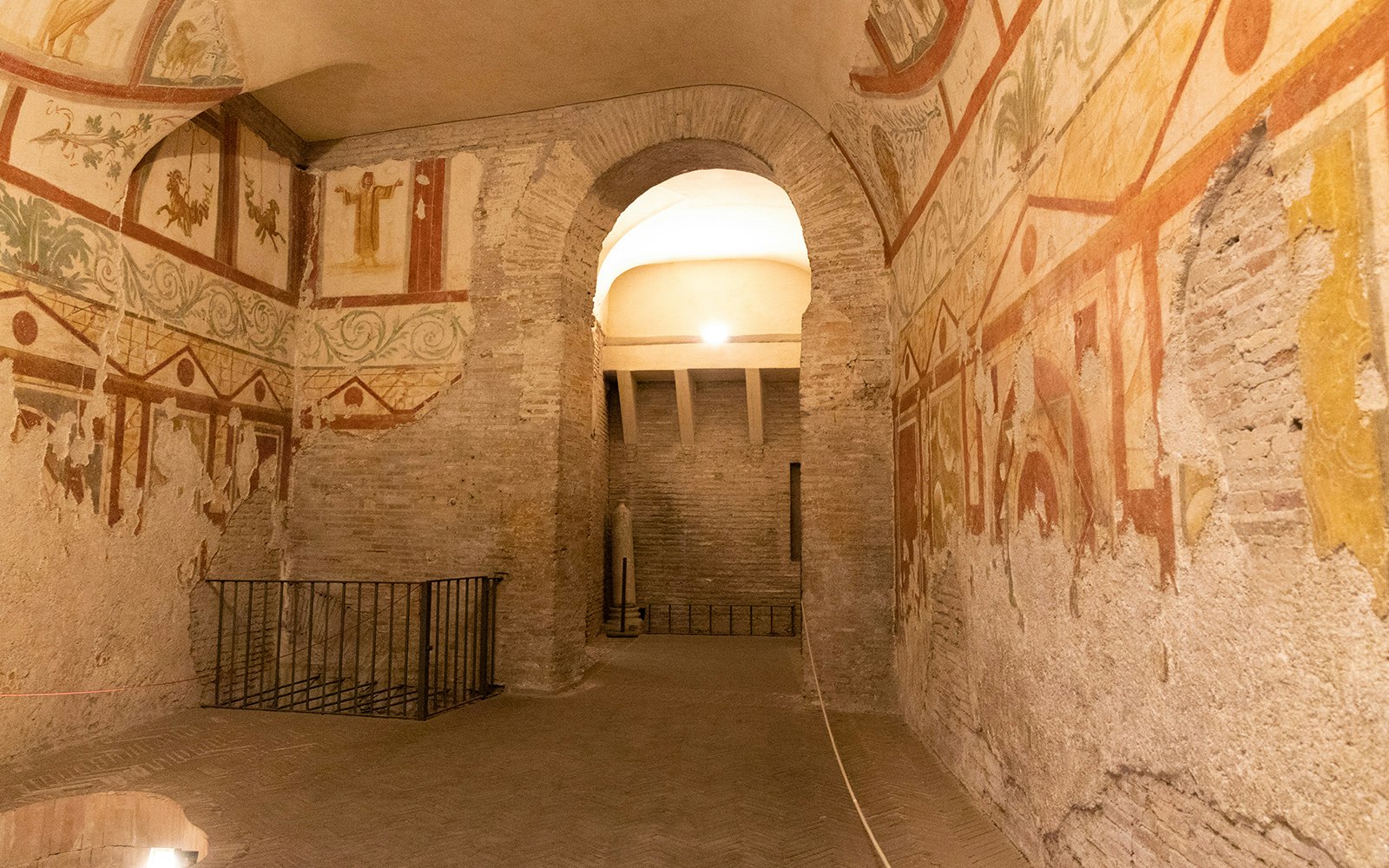
A Reflection of Roman Jewish Struggles
The Jewish community in ancient Rome faced significant challenges—marginalization, persecution, and social exclusion. The discovery of the Villa Torlonia catacomb sheds light on the resilience of this community, which maintained its traditions through burial rituals, religious symbolism, and a network of sacred spaces. Despite being sidelined by the majority Roman population, the Jewish community’s catacombs served as places of identity, memory, and continuity.
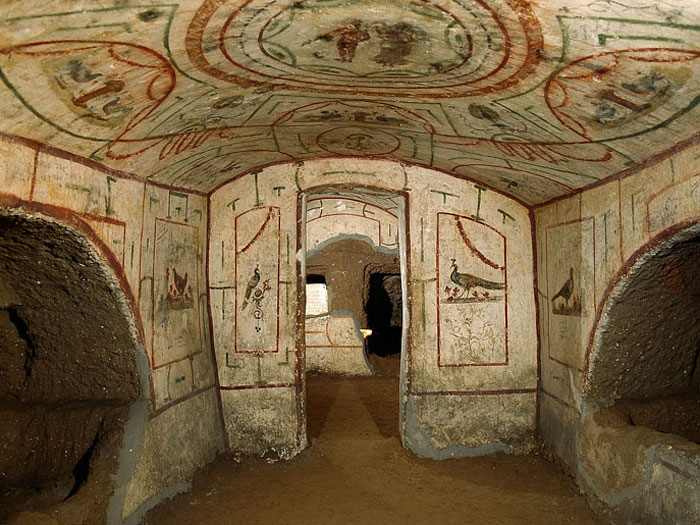
Cultural and Religious Significance
The simplicity of the catacomb’s design stands in stark contrast to the grand burial sites of the Roman elite. Jewish burial practices emphasized humility, with graves marked by simple inscriptions and religious symbols like the menorah. These symbols were not just decorative; they represented the core of Jewish identity and spirituality. The catacomb was not merely a burial site—it was a space where the community could express its faith and preserve its cultural heritage in an environment that often sought to suppress it.
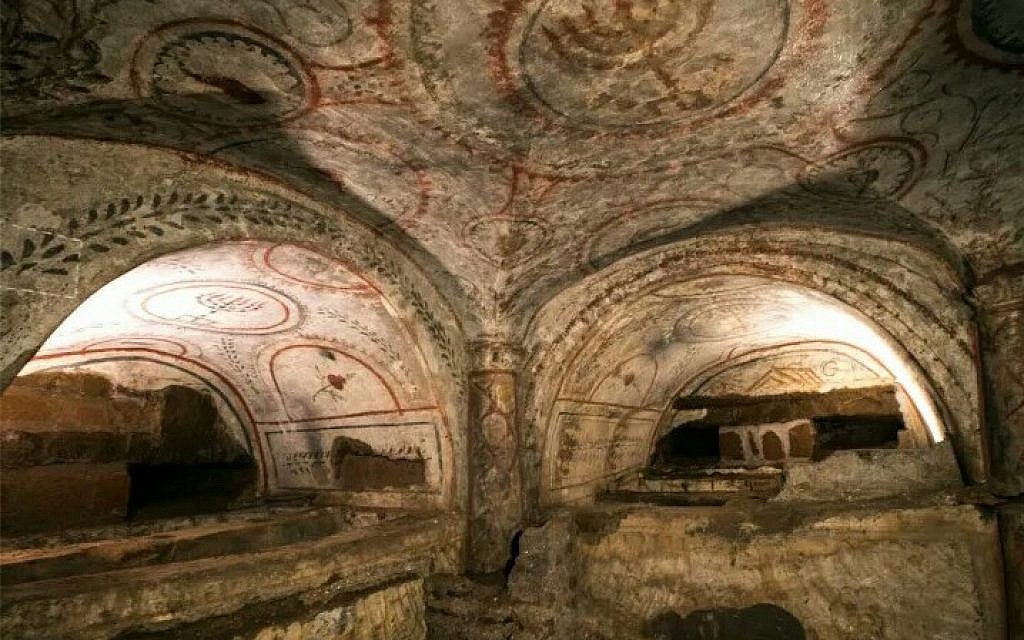
Legacy and Preservation of Jewish Identity in Rome
The Villa Torlonia catacomb serves as a powerful reminder of the importance of preserving cultural and religious spaces. As one of the few surviving Jewish catacombs in Rome, it provides a rare look at the history of Jewish life under Roman rule. The discovery underscores the importance of protecting such sites, not only for their archaeological value but for the deeper cultural understanding they offer about the diverse societies that once thrived within the Roman Empire.
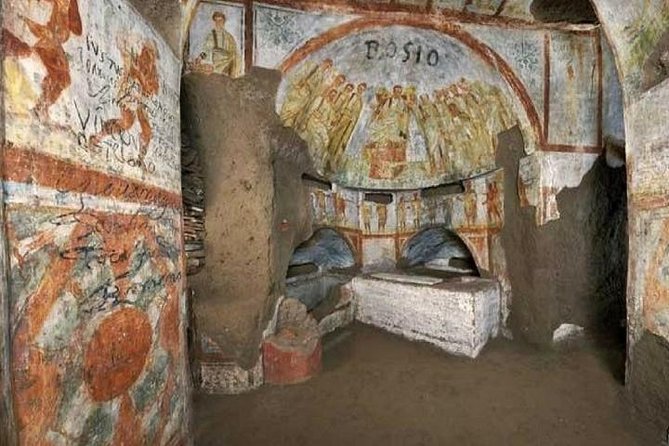
Conclusion: A Legacy Carved in Stone
The Jewish catacomb at Villa Torlonia is more than just an archaeological find; it is a testament to the enduring legacy of the Roman Jewish community. Through its inscriptions, symbols, and burial practices, this site offers invaluable insights into the resilience and identity of a marginalized group that continued to practice its faith and preserve its culture, despite centuries of persecution. The catacomb at Villa Torlonia remains a powerful symbol of religious persistence and cultural resilience, providing a lasting legacy for future generations.

